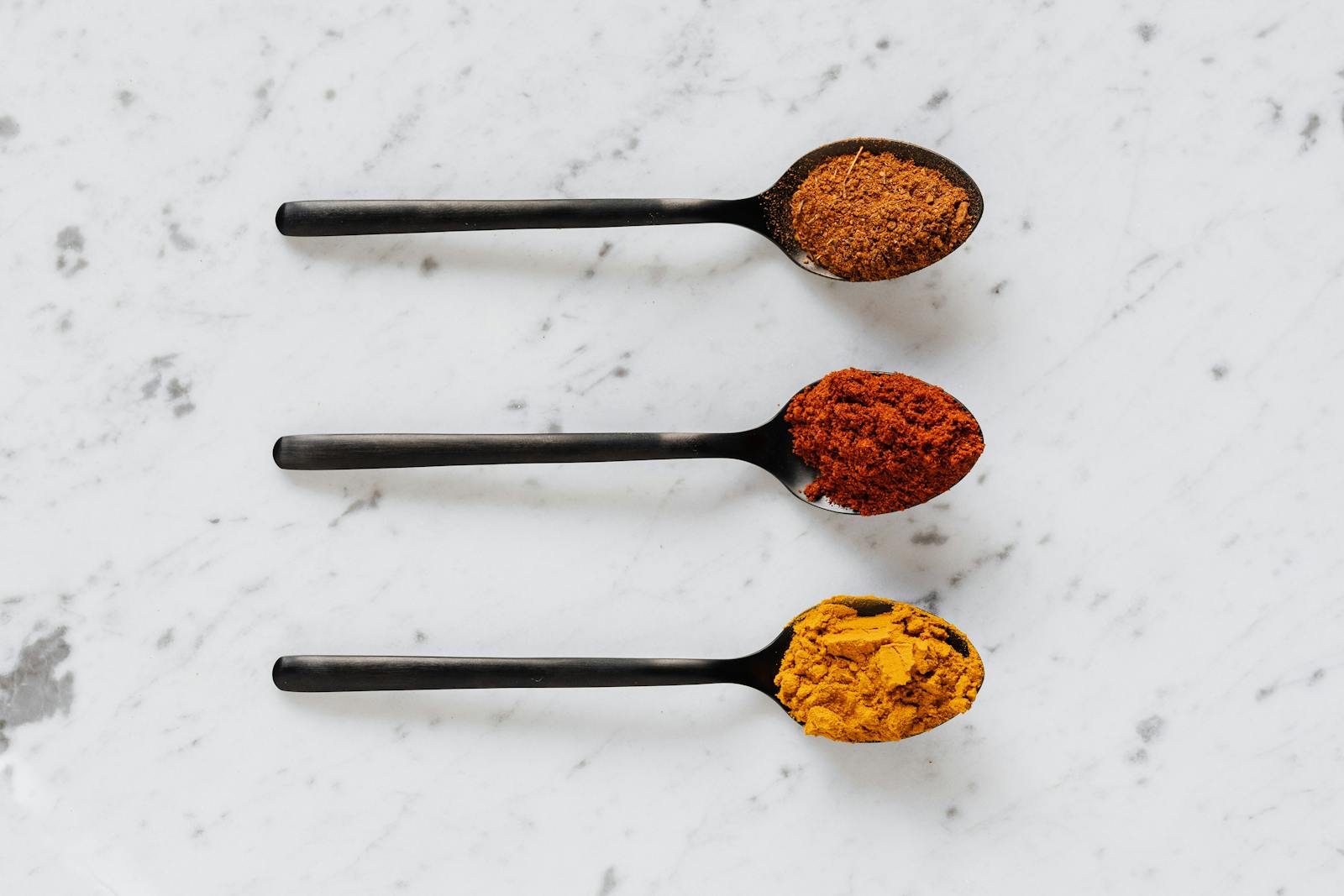
Hey there, folks! It’s been quite a whirlwind of a week, hasn’t it? Between the endless Zoom calls and trying to keep up with the latest trends in digital marketing, I’ve found myself reaching for healthier options to keep my energy levels up. One thing that has really caught my attention is the idea of using juice for protein as a quick and tasty way to boost my diet. Who knew that combining the goodness of fruits and vegetables with a bit of protein could be so refreshing?

Now, you might be wondering how on earth can juice have protein? Well, it’s all about choosing the right ingredients. For instance, adding a scoop of your favorite protein powder to a homemade juice blend can turn a simple drink into a nutrient-packed beverage that’s perfect for post-workout recovery or as a mid-morning pick-me-up. The trick is to find a balance between flavors and nutrients, making sure you’re not just sipping on something delicious but also beneficial for your body.
Speaking of flavors, let’s talk about some of the best juice combinations that work well when you’re looking to add a protein kick. A classic choice is a banana and peanut butter smoothie. Bananas are naturally sweet and creamy, which pairs wonderfully with the nuttiness of peanut butter. Toss these ingredients into a blender with a splash of almond milk and a scoop of whey protein, and you’ve got yourself a powerhouse of a drink that’s not only high in protein but also packed with essential vitamins and minerals.
But what if you’re not a fan of bananas or peanut butter? No worries, there are plenty of other options to explore. How about a green juice with spinach, kale, apple, and a dash of spirulina? Spinach and kale are leafy greens that offer a ton of health benefits, while apples provide a natural sweetness that balances out the earthy taste of the greens. Adding a spoonful of chia seeds or hemp seeds can significantly increase the protein content without altering the flavor too much. This juice for protein is perfect for those who prefer a lighter, more refreshing drink.
It’s also worth mentioning that when you’re making juices for protein, the quality of your ingredients matters a lot. Opting for organic fruits and vegetables can make a difference in the taste and nutritional value of your drinks. Plus, it’s always nice to support local farmers and know exactly where your food comes from. If you’re short on time or don’t have access to fresh produce, consider using frozen fruits and veggies. They’re pre-cut, convenient, and often just as nutritious as their fresh counterparts.

Another tip I’ve picked up along the way is to experiment with different types of protein powders. While whey protein is a popular choice due to its high biological value and easy digestibility, plant-based alternatives like pea protein or brown rice protein are great for those with dietary restrictions or preferences. These proteins mix well in juices and can help you achieve your fitness goals without compromising on taste.
In the end, finding the perfect juice for protein is all about personal preference and experimentation. Whether you’re a seasoned juicer or just starting out, there’s no right or wrong way to do it. Just remember to have fun, be creative, and most importantly, listen to your body. After all, the best part of incorporating more protein into your diet through juices is that you get to enjoy a delicious drink while taking care of your health. So, why not give it a try and see how it can transform your daily routine? Cheers to a healthier, happier you!
